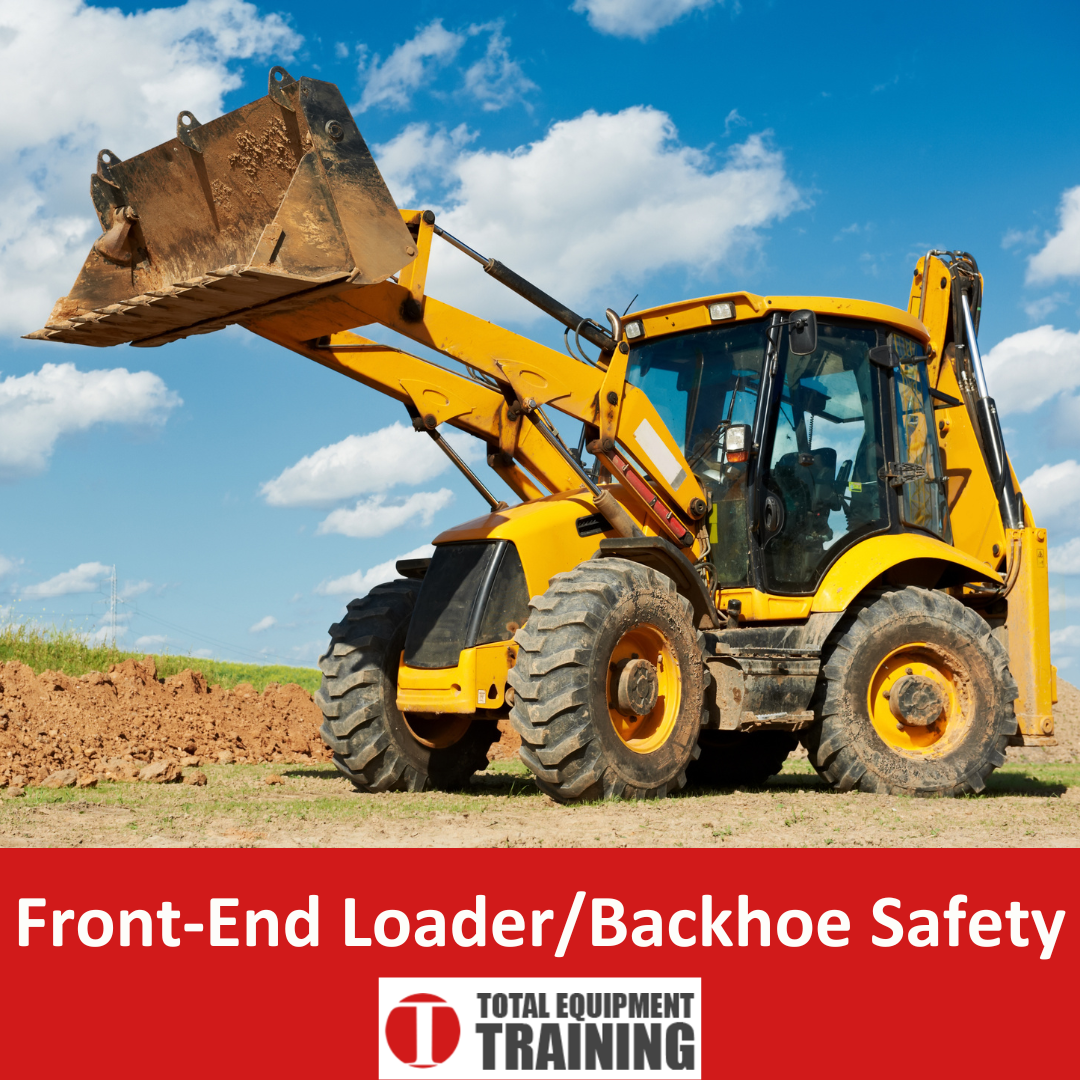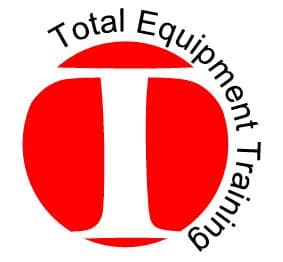
Causes of Front-End Loader/Backhoe Accidents
- Overturns and Tip-Overs: This is from moving the backhoe on steep and/or unstable grounds/surfaces, especially when making turns. Moving along edges (e.g., embankments) should be done carefully to avoid tip-over hazards.
- Unseen Obstacles: While the bucket is raised and loaded, it becomes harder for the backhoe operator to see the ground as they move. They may hit an obstacle or run over a hole, destabilizing the backhoe into tipping over.
- Unexpected Detachment of the Bucket: Even unloaded, backhoe buckets are heavy thanks to the metals and dense materials they are made from. Improper attachment, sudden buckling, and wear from insufficient maintenance can cause the bucket to detach and fall.
- Improper/Insufficient Maintenance: Neglecting inspections denies the chance to identify failing or malfunctioning parts of the frontend loader. Periodic cleaning to remove collected dirt and rust also helps maintain proper working order. Without proper maintenance, parts can easily break and detach, causing an accident.
- Overloading: Exceeding manufacturer-recommended weight limits can destabilize the backhoe, tipping it over and also putting personnel at risk from falling loads and sudden impact -struck-by accidents. Ensure the load is also properly balanced before moving the frontend loader.
- Starting the Backhoe in Gear: This results in sudden movement that can harm personnel by pinning them against surfaces or crushing them under the equipment’s weight.
How to Safely Operate a Front-End Loader/Backhoe?
- Ensure the operator has received adequate front-end loader training and is competent in their work. This includes an understanding of the controls and manufacturer manuals.
- Carry out thorough site inspections to identify potential hazards, terrain differences, and underground and overhead utilities, to draw up a work plan accordingly.
- Personnel should maintain a minimum safe distance from the front-end loader while in operation. Put up a cordon, barriers or barricades to prevent personnel entry into the backhoe’s work area.
- Ensure the bucket and backhoe are properly attached to the main body (tractor) of the front-end loader.
- Before initiating digging operations, ensure the stabilizers have been properly deployed. Do not dig under the stabilizers!
- Only allow one operator to control the front-end loader at a time, and do so while safely fastened to the operator’s seat.
- Never allow personnel to work under a raised bucket, loaded or unloaded.
- Always shut down the backhoe properly. This entails:
- Lowering the bucket and backhoe to the ground
- Extending stabilizers to the ground
- Applying the parking brake
- Ensure it is not in gear
- Shut off the engine
- Never use the backhoe to lift personnel.
- De-energize overhead and underground cables. Keep the front-end loader at a minimum safe distance away to minimize an electrocution hazard.
- When operating on a slope, keep the bucket as low to the ground as possible –this improves stability while giving the operator a better field of view. Only drive the backhoe up and down the slope, never across it.
- Carry out inspections at the start and end of every operation. In-depth inspections should be carried out periodically (at least annually) by a competent person.

